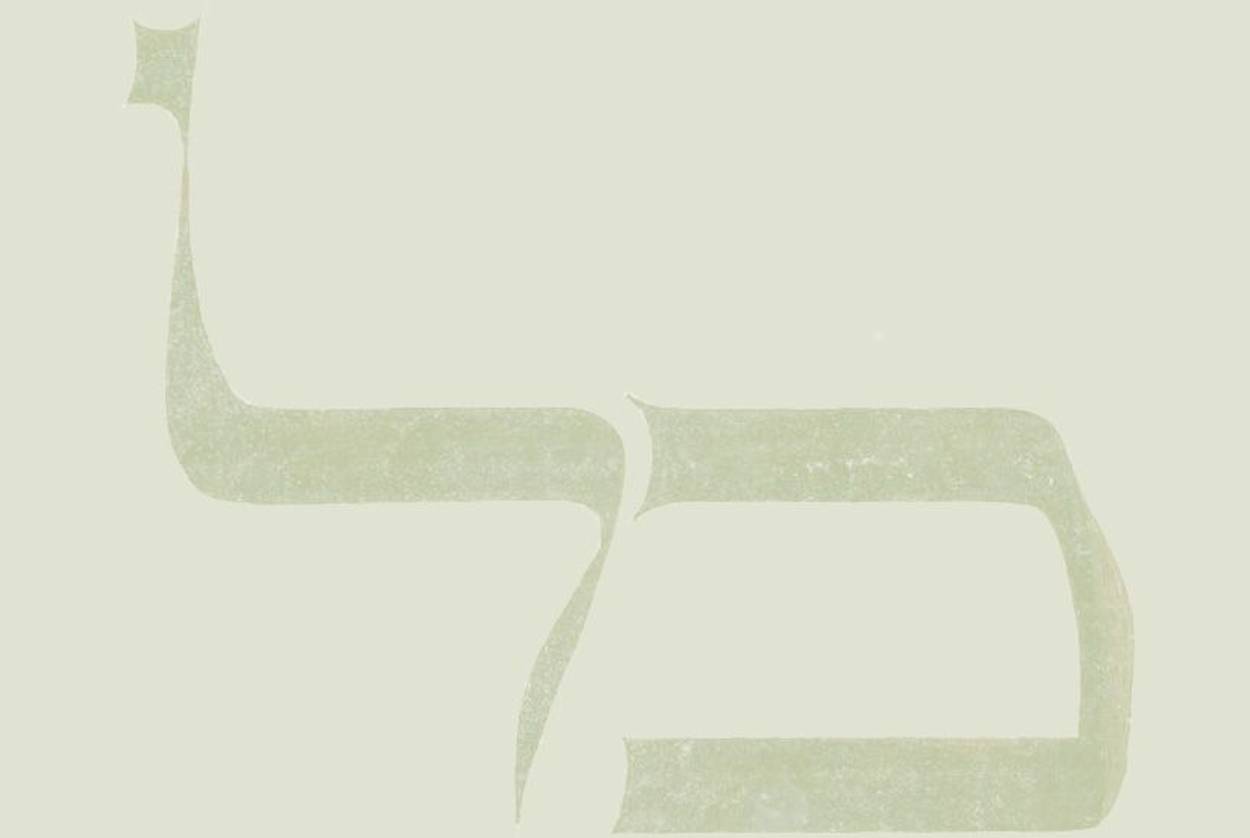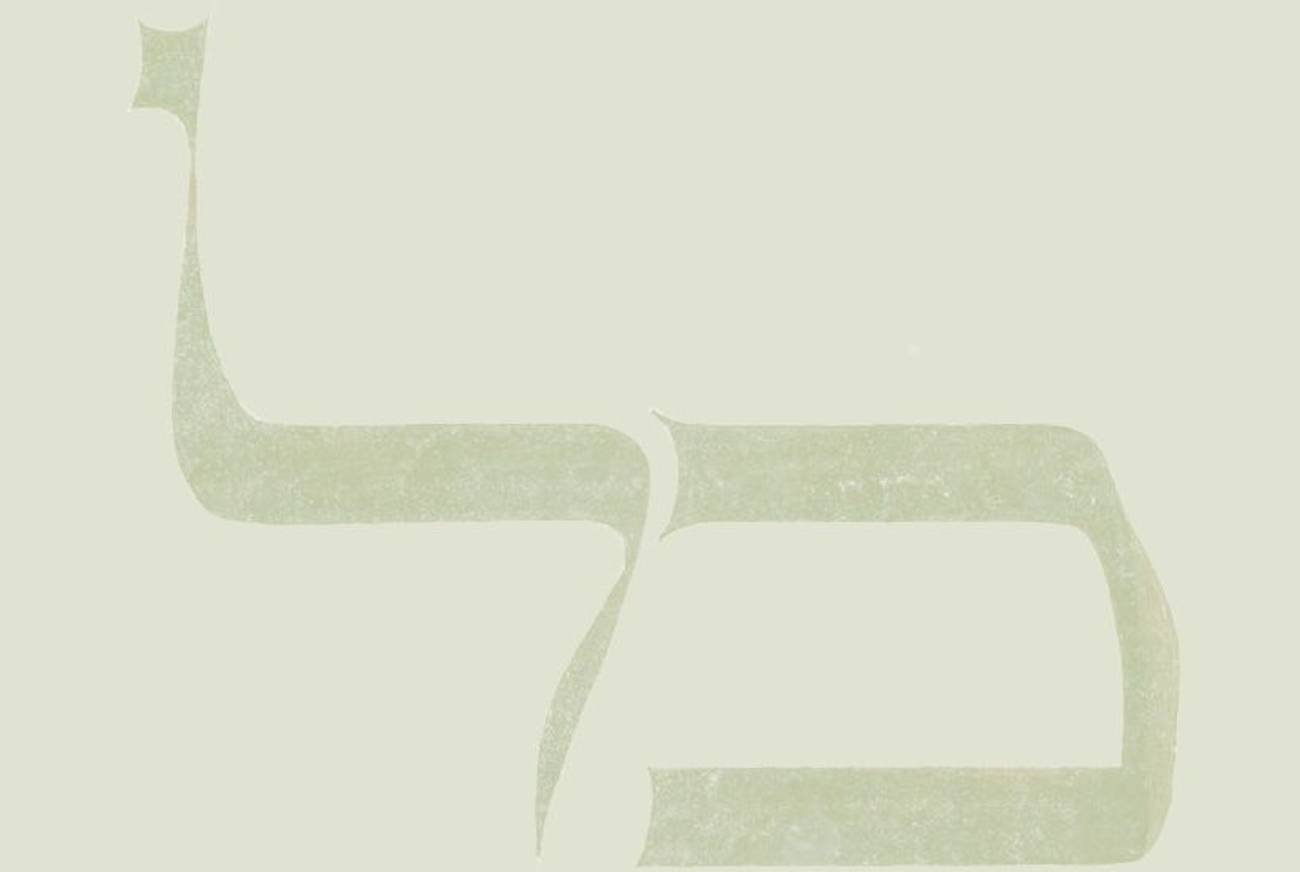Kol Nidre Showed Me What It Means To Truly Belong in the Jewish Community
The Yom Kippur prayer unites everyone who hears it. Twenty-five years after I converted, it still gives me goose bumps.




On Yom Kippur two years ago, I sat in synagogue, trying to come up with a pithy slogan for Smith Magazine’s six-word memoir challenge: What’s the essence of Jewish life in six words? At first I toyed with options about the holiday: “Yom Kippur: fast, pray, sleep, serenity.” But I decided that wasn’t really me, because for me Yom Kippur is more of an emotional experience than just a day to fast and complain about it. I had plenty of time to ponder, though, and after the solemn day was over, I submitted my six-word memoir summing up the essence of my Jewish life: Kol Nidre gives me goose pimples.
Kol Nidre is the opening prayer of Yom Kippur, sung in its own haunting melody at the beginning of the holiest day in Judaism. Although I’d heard it sung several times at Yom Kippur services since I converted from Catholicism 25 years ago, I didn’t fall in love with Kol Nidre until I heard it sung by the beautiful baritone voice of Cantor Julius Solomon at Rodfei Zedek, the Conservative congregation my husband and I joined after we graduated from the University of Chicago’s Hillel in the mid-1990s.
I used to believe that what I wanted most in a shul was a rabbi who was a good speaker—I had been missing great sermons when I attended the Modern Orthodox minyan in the basement of the Hillel mansion. But it turned out that the cantor’s plaintive singing at Rodfei Zedek moved me more than any sermon ever did. When the cantor sang those first few notes—a sliver of sobbing laced between the high and low notes, invoking centuries of Jewish pleading with God—what had been just another prayer somehow got under my skin and became an experience. There I was, in the sanctuary that is never as full as it is on Yom Kippur, amid all these people wrapped in prayer shawls, all of us standing and listening to the cantor repeating Kol Nidre three times, each time a little louder. As I alternatively looked down at my prayer book and surveyed the crowd, I felt a shiver crawling up my arms, and I thought to myself, “This is what it means to belong to something larger than yourself.”
***
My first Yom Kippur after I converted, we had moved from Germany so I could attend the University of Chicago, and we planned to attend services at Hillel. I wasn’t thinking about Kol Nidre at that point; I was worried about my first time fasting on Yom Kippur. Little did I know that there was a larger emotional hurdle to overcome that day: Yizkor. I had an inkling that this was important, because my mother-in-law, who was otherwise not observant, would go to shul only once a year, on Yom Kippur, to say Yizkor for her parents—especially her mother, who had perished in Auschwitz.
Since my father had died three years earlier, I figured I would say Yizkor. It hadn’t occurred to me yet that it might be awkward to say a Jewish prayer for a non-Jewish parent. My husband had told me that it was inappropriate for him to stay in the sanctuary during Yizkor, as both his parents were still alive. That shouldn’t have bothered me, since we were already separated during services by the mechitzah, a wobbly wooden frame with ivory lace stretched over it. (At Hillel, the Orthodox Minyan’s “sanctuary” was really a plain basement where foldout chairs faced a cupboard holding the Torah.) Nevertheless, as my husband left that room, I had no one to glance at for an approving nod.
When the Yizkor service progressed to the individual devotions, I dutifully found the Prayer for a Father. As soon as I read “May God remember the soul of my father,” I felt tears well up, and by “may his soul be bound,” I was crying. A woman named Carole who was praying alongside me stepped closer, patted my back, and handed me a tissue. “It’s OK,” she whispered. “It’s OK to cry.” She kept patting my back and stayed right there. By the time the more general prayer for a deceased man appeared on the next page, I had to sit down, close the prayer book, and give in to the wave of sorrow that was sweeping over me. I never forgot Carole’s kindness, her comforting me, a stranger, in just the right way that first Yom Kippur. She was to become a dear friend, and it turned out that she was a fellow convert. Perhaps that was why she recognized a lost soul that first Yom Kippur.
Yom Kippur is, for me, about the emotional connection to those who have gone before us, not only our loved ones, but generations of Jews. The machzor, the prayer book for the High Holy Days, contains many moving piyyut (prayer-poems), and many of these go back to the Middle Ages. A footnote might explain that the prayer Unetaneh Tokef (Let us tell how overwhelming [is the holiness of this day]) goes back to Rabbi Amnon, who had his feet and hands cut off as punishment for not giving up his faith as the rulers of 11th century Mainz wanted him to. While such gruesome tales make me cringe, I still read those footnotes while listening to the hymns, and I hope that the twinge of horror I feel can be a small tribute to those sacrifices
I am always struck by the simplicity of Yom Kippur: All I can do is go to shul, sleep (but how much can I sleep?), and go to shul again, because really, what else is there to do? Read, perhaps? Even reading makes me feel guilty unless I am reading a Jewish text. And therein, I think, lies the beauty of Yom Kippur: It is a day I give to God, on God’s terms, not mine. Loving someone means doing things for him or her, sometimes things I otherwise wouldn’t do, or don’t really want to do. I do not consider myself particularly devout, and yet, observing Yom Kippur with fasting and prayer gives someone like me, who does not typically find prayer a way to connect with God, another way to create that relationship.
Kol Nidre was always there, of course, during those times we gathered in the basement of Hillel, but only when I heard Cantor Solomon sing it for the first time did the splendor of the prayer, that old, old melody whose origins no one can quite trace, get under my skin, literally stir me up inside. The beauty of his singing created something transcendental in that contemporary synagogue, provided a glimpse of the divine among us ordinary humans. I had felt a similar tremor of emotion before, in the opera, where exquisite bliss can hang on the lips of a tenor singing arias like “Nessum Dorma” in Turandot, but, while opera might create divine beauty, it does not connect with the divine. Kol Nidre, if sung with skill, care, and heart, moves because it seeks to connect with the divine. Cantor Solomon had me trembling not only with his perfect rendition of its haunting melody; his voice also carried the awe of pleading with a God who manifested himself in a burning bush, the weight of a relationship that is thousands of years old, and a history that is both terrible and glorious. If ever a melody had meaning, it is Kol Nidre. It invokes a people, and it invokes their God.
We switched synagogues when my husband was saying Kaddish for his father, as Rodfei Zedek could not offer a daily minyan; Cantor Solomon retired at about the same time. I have grown accustomed to the cantor at Chicago Loop Synagogue whose version of Kol Nidre is delivered with more pathos, but still moving enough to inspire my six-word Jewish memoir.
On Erev Yom Kippur, I always hustle my family to arrive at shul on time because I have to be there when everybody is standing in that sea of tallit (at Chicago Loop Synagogue, which we now attend, seating is mixed during the High Holidays), waiting for the voice of the cantor to rise: “Kol Nidre…” Yom Kippur is the only holy day that has its own beginning prayer. I think it is fitting that the first word of this ancient incantation is kol—all. Even though Kol Nidre is literally about all the vows we made to God that we did not keep, we are also all there. As we stand there, solemnity settles into souls. Some of my fellow congregants might even have goose bumps climbing up their arms and feel, like I do, that no other melody lifts that one great heart that is the Jewish people like Kol Nidre.
Annette Gendler is the author of Jumping Over Shadows, the true story of a German-Jewish love that overcame the burden of the Holocaust.